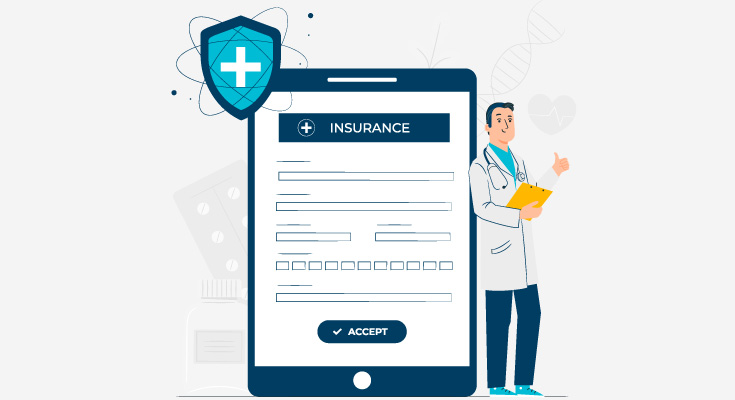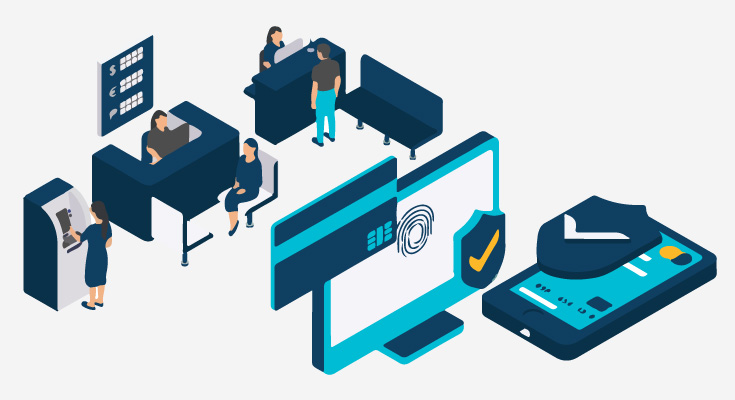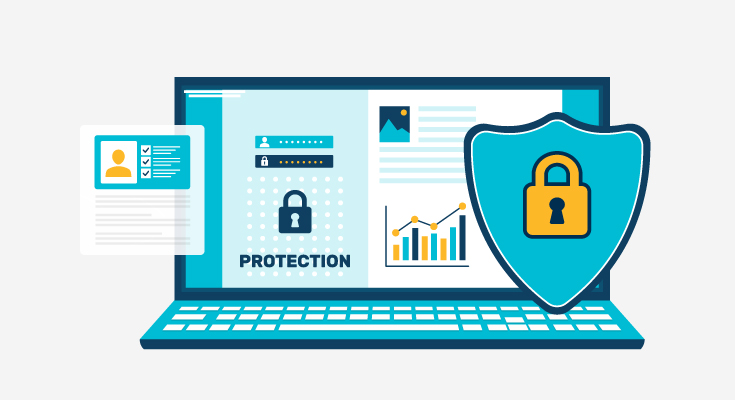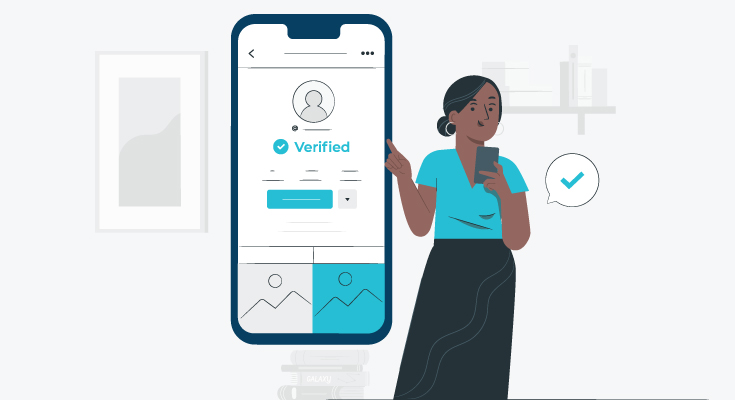Artificial intelligence (AI) allows computers to make human-like decisions, making certain processes more efficient. AI technology has improved a lot in recent times and it powers a lot of things such as self-driving cars, and facial recognition. Recently, AI has been applied to online identity verification and online document verification solutions. While the incorporation of AI brings in a lot of benefits, AI solutions are slowly falling prey to sophisticated techniques used by fraudsters. AI-Based solutions are slowly failing in comparison to other online document verification solutions.
The Growth of ID-Based Transactions
Banking, healthcare, government, and other industries use ID verification and authentication to verify accurate information about their customers and prevent ID fraud. Digital banking transactions are growing rapidly in correspondence to customer needs, with the rise of digital banking comes online fraud. As fraudulent transactions continue to rise, it is vital for businesses to choose strong document verification solutions.
Most businesses choose to opt for AI-based online document verification solutions. Artificial Intelligence is a part of machine learning which makes it possible to verify and authenticate identities. Machine learning-based solutions keep learning from the data they have access to. This helps organizations to keep track of their performance.
Fraudsters can easily feed wrong data to a bank’s online ID and online document verification solutions which can make them obsolete over time. To keep the AI-based online document verification solutions efficient in detecting fraud, the developers have to keep making changes according to new fraud trends.
Machine Learning for ID Proofing
Machine learning is definitely an efficient tool for differentiating between real and fraudulent IDs. Computer software is constantly learning and correcting itself and can process tons of transactions at a rate that can’t be achieved by humans.
However, IDs are physical documents often affected by wear and tear and may feature manufacturing discrepancies. If the model for failing IDs is based on a few samples, AI-based solutions won’t be able to recognize different types of IDs. This is one of the main weaknesses of AI-based online document solutions.
A blend of AI and Human Touch for Better Solutions
Trained professionals who use AI-based solutions can step in to prevent the failure of AI solutions because a document is torn or worn out. During instances where solutions fail to identify a fake identity, a document expert can check for the mistakes made by a document verification solution. However, the whole point of using an automated solution is to reduce the time spent on human document verification.
The best way to use AI-based online document verification technology is to blend them with a touch of humans. Businesses want to be able to improve the customer experience during the customer onboarding process. A good ID verification solution will help you achieve that, but a weak algorithm-based online document verification solution will just increase the error rate. Fraudsters can easily take advantage of those weak points which leads to identity theft, money laundering, and stealing.
What Makes DIRO’s Online Document Verification Solutions Different?
DIRO’s proprietary online document verification technology takes the document verification process a bit beyond the normal norms. Banks, financial organizations, and other organizations can use DIRO’s technological solutions to verify all kinds of online documents from all over the globe.
DIRO can verify documents like:
- Driver’s license
- Passport
- Insurance papers
- Bank statements
- Bank account holder information
- Utility bills (Electricity bill, Water bill, Cable bill, landline, or telephone bill)
- Tax assessment online
- Lease agreement online
- Mortgage statement online
- Government authority online
- College enrollment online and much more.
DIRO online document verification technology provides 100% proof of authentication. The technology also places online verified documents on the blockchain to make the information immutable.
DIRO’s Technology vs AI-Based Solutions
| DIRO’s Online Document Verification | AI-Based Document Verification |
| Verifies document data by comparing information right from the original web source. | Verifies document data using machine learning. |
| Can verify any type of online document. | Can have problems verifying old documents with wear and tear. |
| Verifies online documents instantly. | Can take a few minutes based on the technologies applied. |
| Can verify documents from all over the globe. | Not all AI-based solutions are built to verify online documents from all over the globe. |
| Provides 100% proof of authentication. | Not all AI-based solutions offer proof of document authentication. |
| Place documents on the blockchain to secure customer information. | Requires huge servers for customer information storage. |
| Can’t be tempered by feeding the wrong data. | AI-based solutions are easy to tamper with by fraudsters with constant access to fake data. |
Usually, most online document verification solutions aren’t as efficient as they should be. AI-based online document verification solutions, if not used ideally can cause more loss than profits for businesses. DIRO’s online document verification solutions bypass that barrier by being capable of verifying documents instantly with 100% proof of authentication. This leads to increased user experience and rate of customer onboarding.













